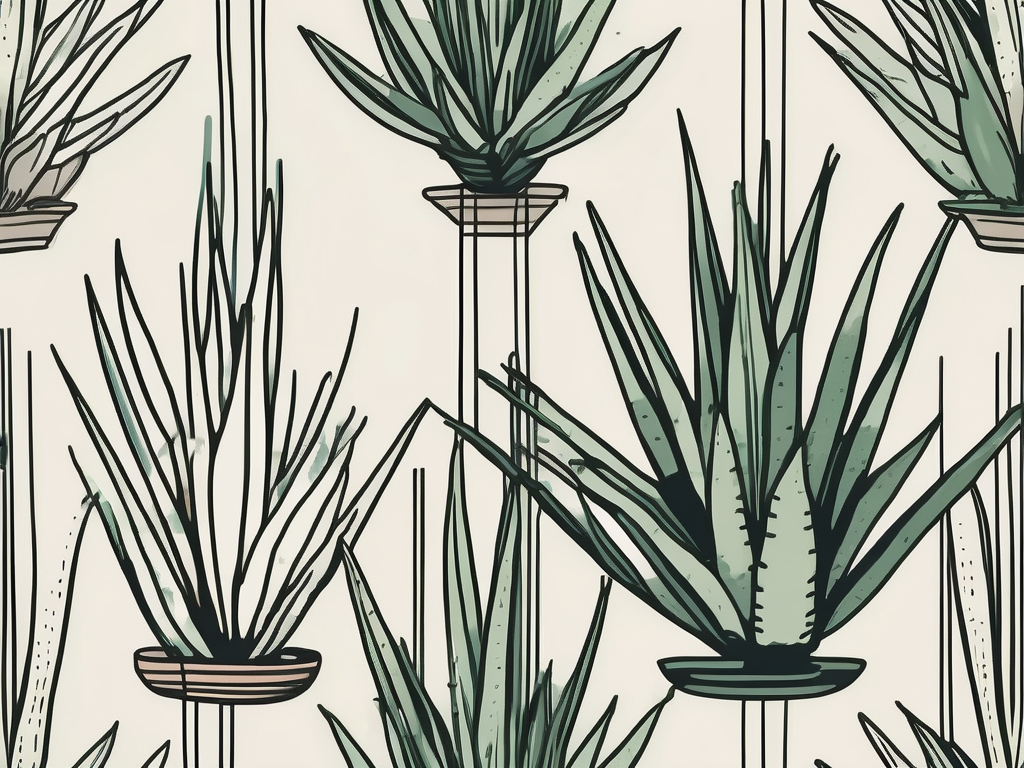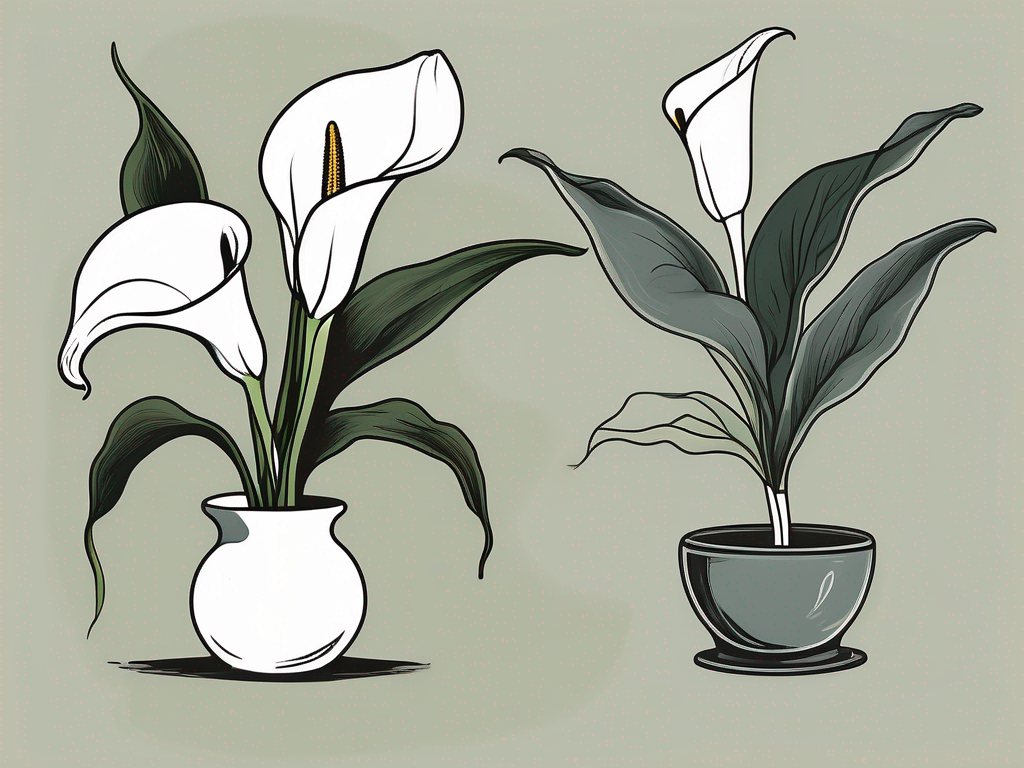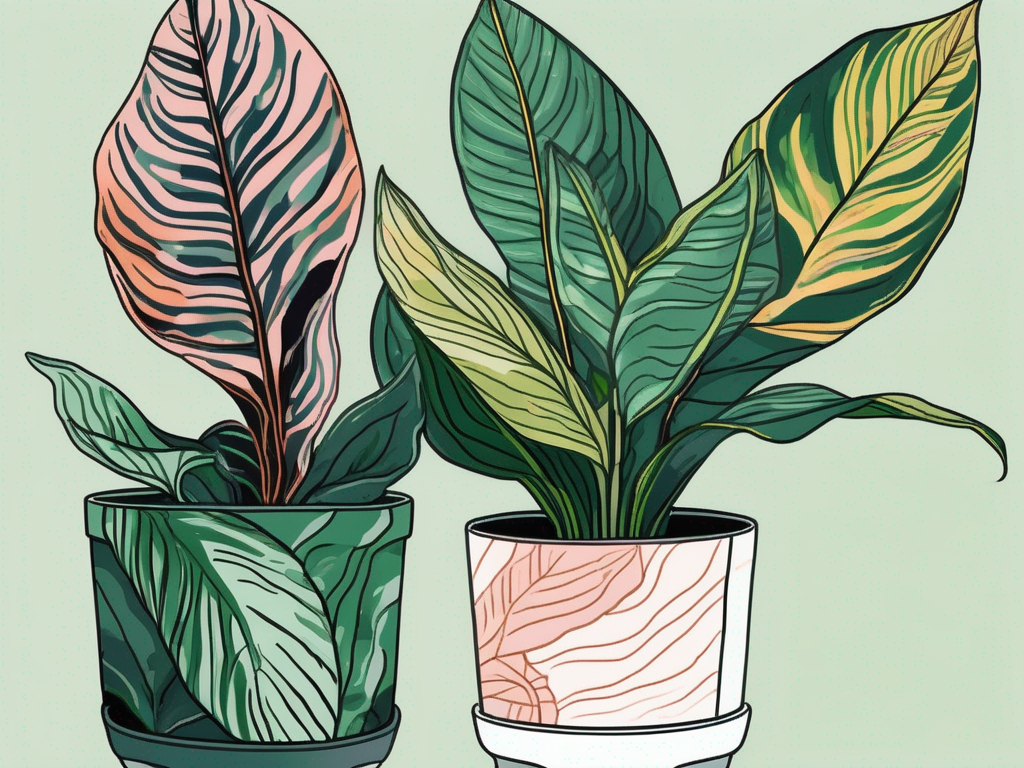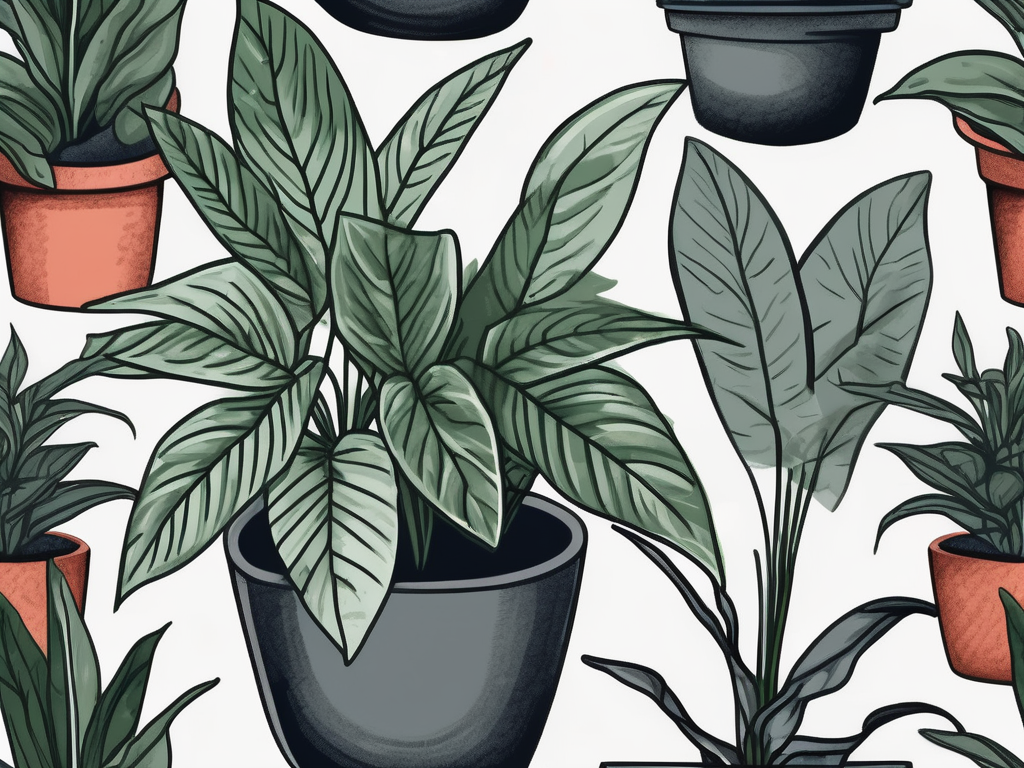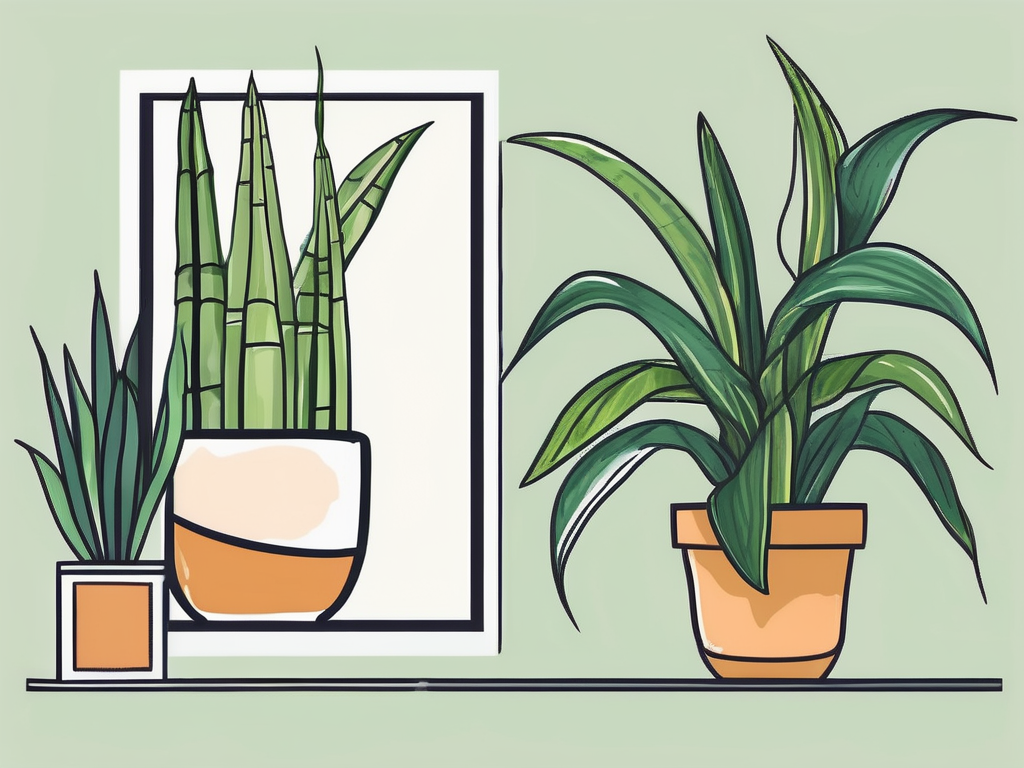
If you're looking for a trendy and effective way to improve the air quality in your home, look no further than the Monstera plant. This stunning foliage plant has been gaining popularity in recent years not only for its unique and tropical appearance but also for its exceptional air-purifying abilities. In this article, we will take a closer look at the Monstera plant, its origins, key characteristics, and most importantly, its role in purifying the air in your living space.
Understanding the Monstera Plant
The Monstera plant, scientifically known as Monstera deliciosa, is native to the tropical rainforests of Central America. It belongs to the Araceae family, which includes other popular indoor plants like the Philodendron and the Peace Lily. The Monstera is well-known for its large, vibrant green leaves that have natural holes, giving it the nickname "Swiss Cheese Plant."
The Monstera plant is a true marvel of nature. Its origins can be traced back to the lush tropical rainforests of Central America, where it thrives in the humid and moist conditions. This plant has a long and fascinating history, dating back to ancient times. It was first discovered by European botanists during their explorations of the New World in the 17th century. The plant's unique appearance and impressive size quickly caught the eye of plant enthusiasts and collectors, who began cultivating it in Europe and beyond.
Today, the Monstera is widely grown and admired for its decorative and air-purifying properties. Its large, lush leaves can reach impressive sizes, adding a touch of natural elegance to any space. Not only are these leaves visually stunning, but they also serve as powerful air purifiers, filtering out toxins and improving the air quality in your home or office.
Origins and History of the Monstera
The Monstera plant has a rich history dating back to ancient times. It was first discovered by European botanists during their explorations of the New World in the 17th century. The plant's unique appearance and impressive size quickly caught the eye of plant enthusiasts and collectors, who began cultivating it in Europe and beyond. Today, the Monstera is widely grown and admired for its decorative and air-purifying properties.
The Monstera's journey from the tropical rainforests of Central America to becoming a beloved houseplant is a testament to its adaptability and beauty. It has captivated the hearts of plant lovers around the world with its striking leaves and unique growth habits.
Throughout history, the Monstera has been cherished for its ornamental value. In ancient civilizations, it was often associated with fertility and abundance. The plant's lush foliage and impressive size symbolized prosperity and growth. It was even believed to bring good luck and ward off evil spirits.
As European explorers ventured into the New World, they encountered the Monstera plant in its natural habitat. They were immediately captivated by its beauty and brought it back to Europe, where it quickly gained popularity among botanists and collectors. The Monstera's unique appearance and ability to thrive in different environments made it a prized possession for plant enthusiasts.
Key Characteristics of the Monstera
One of the most notable features of the Monstera plant is its ability to grow large, lush leaves that can reach impressive sizes. These leaves not only add a touch of natural elegance to any space but also serve as powerful air purifiers. The Monstera is also known for its climbing habits, producing aerial roots that attach to its surroundings, making it an excellent candidate for vertical gardens or hanging baskets.
The Monstera's leaves are a true marvel of nature. They can grow to be several feet long and are adorned with natural holes, giving them a unique and captivating appearance. These holes, known as fenestrations, are believed to be an adaptation to the plant's natural habitat. In the dense rainforests where the Monstera originates, these holes allow light to pass through the leaves, ensuring that the plant receives enough sunlight to thrive.
Another fascinating characteristic of the Monstera is its climbing habits. The plant produces aerial roots that extend from its stems and attach to nearby surfaces, such as trees or rocks. This climbing behavior not only adds an interesting visual element to the plant but also allows it to reach higher levels in its natural habitat, where it can access more sunlight and nutrients.
Due to its climbing nature, the Monstera is an excellent candidate for vertical gardens or hanging baskets. Its aerial roots can be trained to grow along a trellis or moss pole, creating a stunning display of greenery. This makes it a popular choice for indoor gardening enthusiasts who want to add a touch of natural beauty to their living spaces.
In conclusion, the Monstera plant is a true wonder of nature. Its origins in the tropical rainforests of Central America, its rich history dating back to ancient times, and its key characteristics such as large, lush leaves and climbing habits make it a beloved and admired houseplant. Whether you're a seasoned plant enthusiast or just starting your journey into the world of indoor gardening, the Monstera is sure to captivate you with its beauty and charm.
The Science Behind Air-Purifying Plants
Air pollution is a significant concern in many urban areas, with harmful toxins and pollutants infiltrating our living spaces. However, nature has provided us with a natural solution to combat these pollutants – air-purifying plants. These plants possess the incredible ability to filter and remove toxins from the air, promoting a healthier and cleaner living environment for us.
How Plants Purify Air: A Basic Overview
Plants purify the air by a process called phytoremediation, in which they absorb harmful gases through their leaves' pores and roots. They then break down these pollutants into harmless components, either storing them in their tissues or releasing them back into the atmosphere as clean air. This natural filtration system helps to remove toxins like formaldehyde, benzene, and carbon monoxide from the air, making it safer to breathe.
The Monstera's Role in Air Purification
Among the various air-purifying plants, the Monstera stands out for its exceptional efficacy in removing toxins from the air. Its large leaves provide a substantial surface area for absorbing pollutants, while its high transpiration rate helps to release clean, oxygenated air. The Monstera is particularly proficient at filtering formaldehyde, a common indoor pollutant emitted by household products such as furniture, carpets, and cleaning agents.
Caring for Your Monstera
Like any plant, the Monstera requires proper care and attention to thrive and fulfill its air-purifying potential. Here are some essential tips to ensure your Monstera stays healthy and continues to purify the air in your home.
Ideal Conditions for a Healthy Monstera
The Monstera prefers bright, indirect sunlight, although it can tolerate lower light conditions. It thrives in temperatures between 65°F and 85°F (18°C - 29°C) and appreciates moderate humidity levels. Watering is crucial for the Monstera, but it's important not to overwater or let it sit in soggy soil, as this can lead to root rot. Instead, allow the top inch of soil to dry out before watering again.
Common Issues and How to Address Them
Despite its resilience, the Monstera can face a few common issues, including pest infestations, yellowing leaves, and leggy growth. To prevent or address these problems, regularly inspect your plant for pests like spider mites and mealybugs. Keep an eye on the leaves' color, as yellowing may indicate overwatering or nutrient deficiencies. Lastly, trim leggy stems to encourage bushier growth and provide support for climbing plants.
Benefits of Having a Monstera in Your Home
Besides its air-purifying capabilities, having a Monstera plant in your home offers several other advantages that can significantly enhance your living environment.
Improving Air Quality
The primary benefit of a Monstera plant is its ability to improve indoor air quality. By filtering harmful toxins and releasing clean oxygen, the Monstera contributes to a fresher and healthier atmosphere, particularly in areas with poor ventilation or high pollution levels.
Enhancing Home Aesthetics
With its lush, tropical foliage and distinctive leaf holes, the Monstera adds a touch of natural beauty and aesthetic appeal to any space. Its presence can transform a dull or empty corner into a vibrant and lively area, creating a more pleasant and inviting atmosphere.
The Monstera and Sustainability
In addition to its many benefits for indoor environments, the Monstera plant also plays a role in promoting sustainability and eco-conscious living.
The Monstera's Impact on the Environment
As an evergreen plant with a long lifespan, the Monstera helps to reduce carbon dioxide levels and combat climate change by absorbing significant amounts of this greenhouse gas. Additionally, the Monstera's air-purifying properties contribute to cleaner air, benefiting not only humans but also the broader ecosystem.
Making Your Home Greener with Monstera
Introducing Monstera plants into your home is a simple yet impactful way to make your living space greener and more environmentally friendly. By choosing to surround yourself with nature, you can reduce your carbon footprint and create a healthier, more sustainable living environment for yourself and future generations.
In conclusion, the Monstera plant is not only a captivating addition to your indoor decor but also a powerful air-purifying powerhouse. Its origins, key characteristics, and ability to filter harmful toxins make it a valuable asset for improving air quality in your home. By providing the right care and incorporating Monstera plants into your living space, you can enjoy cleaner air, enhanced aesthetics, and contribute to a more sustainable and eco-conscious lifestyle.

